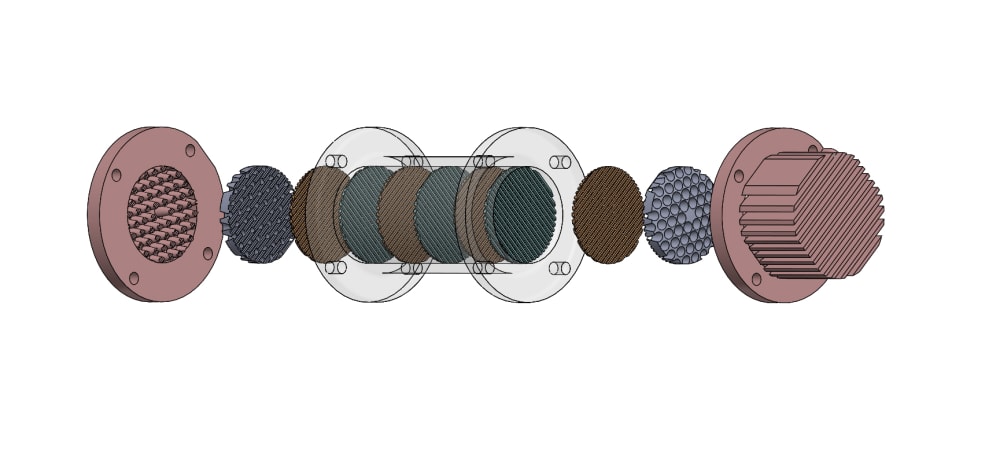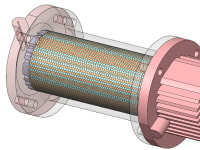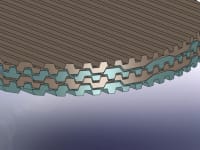A major portion of the demand on the electrical grid comes from the compressors and heat pumps that are used to provide air conditioning and refrigeration for industrial and commercial buildings. The peak demand often occurs on summer afternoons when direct sunlight is beating down on the roofs of our cities. This solar heat should be used as a resource to cool the very buildings it is heating at that time. While the 'Duck Curve' is moving this demand peak a bit to the right, storage methods may be able to correct for this by storing some of the thermal power for the evening hours. Various schemes have been devised to take advantage of this coincidence of solar heating and need for cooling, but they have not used the available power efficiently enough to make a meaningful subtraction from the peak power demand during the afternoon hours. The challenge is to stay within an efficient thermal cycle, to avoid converting sunlight to electricity and then to mechanical power, suffering the losses and inefficiencies of that conversion.
By using the solar thermal energy provided by the direct sunlight available at peak times, a heat pump can be driven directly, replacing power that is presently generated by fossil fuel powered ‘Peaker Plants’ with safe, clean direct cooling that works in conjunction with traditional equipment. By removing the dead volume of the regenerator portion of a Dual Stirling Cycle Heat Pump, the efficiency and power density can be further improved. This dead volume is removed by having the regenerator elements nest in a manner that displaces all the interstitial space when the elements are collapsed together during the correct portion of the cycle.
Video
Like this entry?
-
About the Entrant
- Name:Tom Sherlock
- Type of entry:individual
- Software used for this entry:SolidWorks
- Patent status:patented








